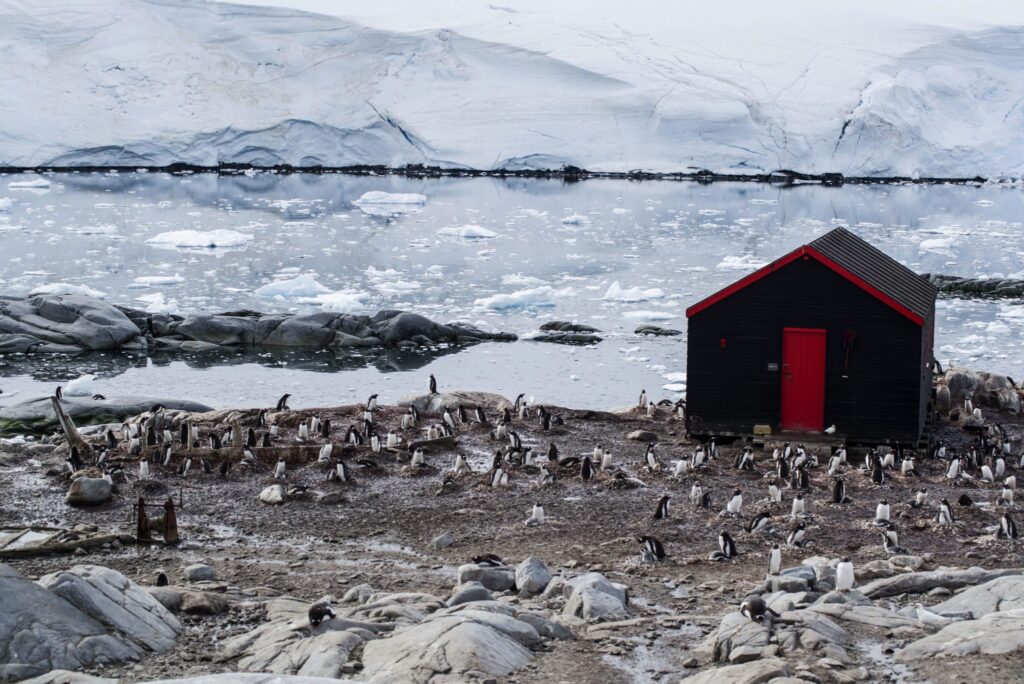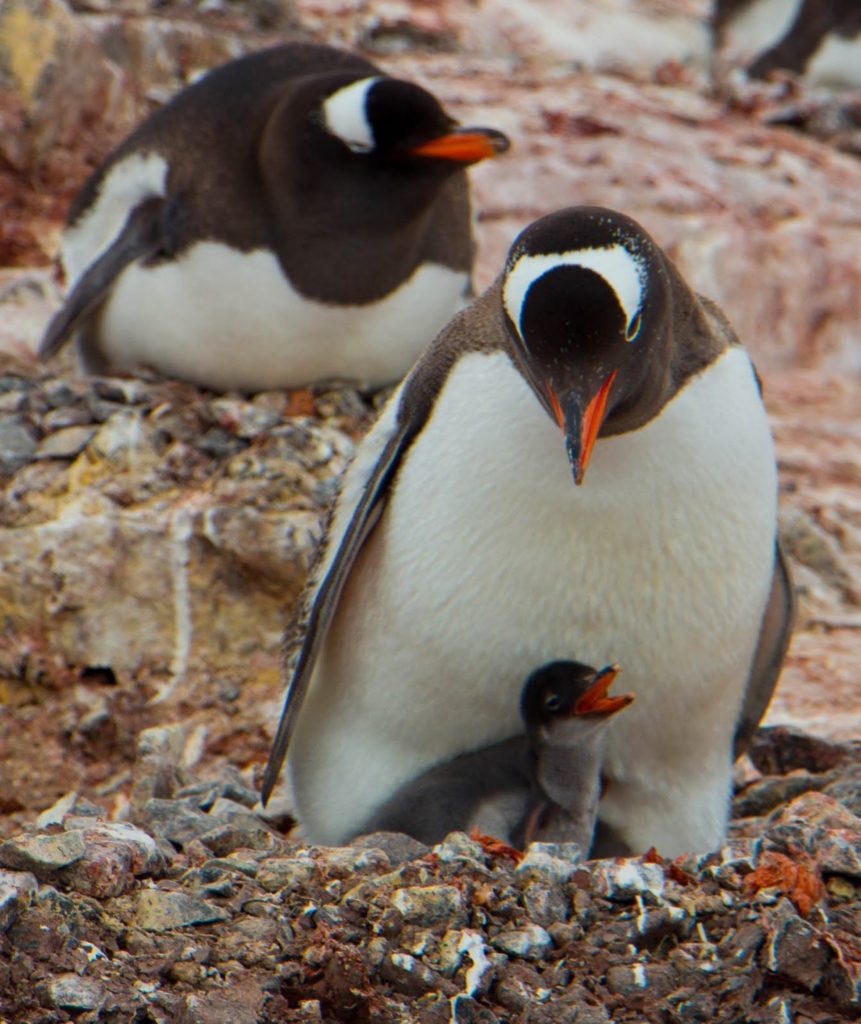A five-day boat journey in winds exceeding 110kph with waves crashing over the deck and freezing instantly might sound like the stuff of nightmares. But this rough journey across the notorious Drake Passage – the usual way to reach the Antarctic Peninsula – pales into insignificance when you arrive. Even in summer the air temperature falls well below 0°C, and wind chill makes it feel colder still. When we reach Port Lockroy, however, everything is serene. It’s November – the start of the austral (southern) summer – and we’re here to make a Natural World film and radio series for the BBC, both named Penguin Post 2 Office. Port Lockroy hosts a thriving colony of 3,000 gentoo penguins and the most southerly public post office of all. In a world where climate change, fossil-fuel exploration and overfishing are causing havoc for polar wildlife, this is an unusual place where penguins are proliferating cheek by jowl with people.

In contrast to the largely empty landscape of the coldest continent, Port Lockroy is also a buzzing tourist destination, with 18,000 visitors a year between November and March. The tourists arrive on cruise ships, drawn ashore by its charismatic gentoos – and the opportunity to send a postcard from the ‘penguin post office’. The site is a historic base established during Operation Tamarin, a British expedition in World War II. After the war the British Antarctic Survey took it over as a scientific research station, which was abandoned in 1962. It wasn’t until 1985 that penguins colonised the island; in feet the location of the base was originally chosen, in part, because of the absence of nest sites at the time.
Snow-capped mountains encircling Port Lockroy reflect a palette of colours ranging from golden sunrises to pastel sunsets and 50 shades of white between, like ants, the gentoos form an unbroken 3km-long line of black dots across the bay’s sea-ice at the start of the breeding season. That these flightless birds are 73-81cm tall gives a mind-boggling sense of scale to the landscape. And what a smell! The eau de krill is nearly overpowering. Nowadays the UK Antarctic Heritage Trust maintains Port Lockroy as a museum and post office. Four people are employed each summer season, tasked with greeting guests, looking after the buildings, running the post office and monitoring the penguins. It has to be one of the best jobs in the world – and anyone can volunteer.
MATING RITUALS – Underwater, gentoos are among the world’s fastest diving birds, reaching 36kph, but on land the bowing ceremony is really the only time they appear elegant. In it they elongate their necks in an almost swan-like fashion, appearing rather svelte. Often a stone is exchanged to seal the bond. Since the sexes look alike, the mating season is the best time of year to distinguish males from females: the latter end up with somewhat scruffy backs due to the males’ muddy feet. Our Natural World film captured the moment a female was late returning to her nest in spring, only to find that her partner had paired with a new mate. She drove off the imposter, dragging her by the scruff of her neck and pecking ferociously. In fact many of the fights that erupt in penguin colonies during the courtship period are between females.

In general, squabbling is fairly common in a gentoo colony – and we didn’t just witness conflicts between territorial adults. One of the most harrowing things we saw was a fatal attack on a curious chick that had strayed beyond its nest. Tom says: “Chicks aren’t given much lenience. It looks harsh, but most gentoos will only raise one healthy chick to fledging, though they generally start off with two. Life is tough for a young penguin.” He adds that as fledging approaches – when chicks beg aggressively – food chases determine which one an adult feeds. “This gives the chicks exercise and may also weed out weaker individuals that might not survive.” Like other penguins, gentoos are thought to be shifting their range southwards in response to climate change; as Antarctica’s ice and glaciers melt, more areas of suitable land are opening for them to breed.
Port Lockroy is one of their most southerly breeding locations. But while a warming environment is contributing to overall declines in populations of the other ‘brush-tailed’ penguin species – chinstraps and Adelies – gentoos are bucking this trend. Their global population of about 387,000 breeding pairs has increased by over 23 per cent since the last estimate in 1993. One reason maybe because gentoos do not rely on sea-ice to the same extent as Adelies, which prefer to forage among pack-ice even in summer; as ice retreats, so must the Adelies. Lack of food is likely to be another factor driving the decline of Adelies and chinstraps. They feed mainly on krill throughout the year, but gentoos are more opportunistic, hunting fish, squid or krill and switching diet as necessary.















